Norway has long been at the forefront of sustainable transportation, and its latest innovation in the maritime sector is no exception. The country has been pioneering the use of electric ferries, setting an example for the rest of the world. These vessels are not only reducing carbon emissions but also proving that green technology can be both efficient and economically viable. The shift toward electric ferries is part of Norway’s broader commitment to achieving carbon neutrality, and the results so far have been nothing short of impressive.
The Norwegian government, in collaboration with private companies, has invested heavily in the development of electric ferries. One of the most notable projects is the "Ampere," the world’s first fully electric car ferry, which began operations in 2015. Since then, the success of the Ampere has inspired a wave of similar projects across the country. These ferries are powered by lithium-ion batteries, which are charged using renewable energy sources such as hydropower. This ensures that the entire operation remains environmentally friendly from start to finish.
The environmental benefits of electric ferries are undeniable. Traditional diesel-powered ferries are significant contributors to air and water pollution, emitting large amounts of CO2, nitrogen oxides, and sulfur oxides. In contrast, electric ferries produce zero emissions during operation, making them a far cleaner alternative. Norway’s fjords, which are UNESCO World Heritage sites, have particularly benefited from this shift. The reduction in noise pollution has also had a positive impact on marine life, creating a healthier ecosystem.
Beyond their environmental advantages, electric ferries have also proven to be cost-effective. While the initial investment in battery technology and charging infrastructure can be high, the long-term savings are substantial. Electric ferries have lower operating costs compared to their diesel counterparts, primarily due to the reduced need for maintenance and the lower cost of electricity versus diesel fuel. Additionally, the Norwegian government has implemented subsidies and incentives to encourage the adoption of electric ferries, further offsetting the upfront costs for operators.
The technology behind these ferries is continually evolving. Recent advancements in battery capacity and charging speed have addressed some of the early challenges, such as limited range and long charging times. Newer models can now travel longer distances on a single charge, and fast-charging stations have been installed at key ports to minimize downtime. These improvements have made electric ferries a more practical option for a wider range of routes, including those in remote areas.
Public reception to electric ferries has been overwhelmingly positive. Passengers appreciate the quieter, smoother rides, and the lack of diesel fumes has made the experience more pleasant. Local communities have also embraced the change, as it aligns with Norway’s cultural emphasis on environmental stewardship. The success of these ferries has even sparked interest from other countries, with several nations now exploring similar initiatives to modernize their own ferry systems.
Despite the progress, there are still challenges to overcome. The harsh Nordic winters, for instance, can affect battery performance, requiring additional measures to ensure reliability. There is also the question of scalability—while Norway’s ferry network is relatively small, larger countries with more extensive maritime routes may face greater hurdles in transitioning to electric fleets. However, Norway’s experience serves as a valuable blueprint, demonstrating that with the right policies and technological investments, these obstacles can be surmounted.
Looking ahead, Norway shows no signs of slowing down its commitment to electric ferries. Plans are already underway to expand the fleet and introduce even more advanced models. Some projects are exploring the use of hydrogen fuel cells as a supplementary power source, which could further enhance the range and efficiency of these vessels. The ultimate goal is to create a fully sustainable maritime transport system that can serve as a model for the rest of the world.
Norway’s electric ferries are more than just a technological marvel—they represent a bold step toward a greener future. By combining innovation with environmental responsibility, the country is proving that sustainable solutions can be both practical and profitable. As the global community grapples with the urgent need to reduce carbon emissions, Norway’s example offers a beacon of hope and a clear path forward.

By William Miller/Apr 28, 2025

By Sophia Lewis/Apr 28, 2025

By Megan Clark/Apr 28, 2025
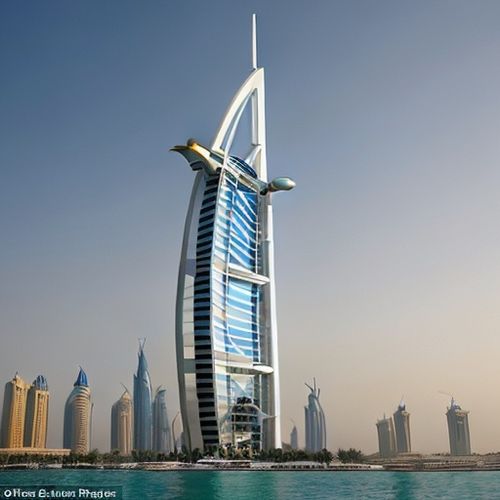
By George Bailey/Apr 28, 2025

By Ryan Martin/Apr 28, 2025

By Sophia Lewis/Apr 28, 2025

By Laura Wilson/Apr 28, 2025

By Ryan Martin/Apr 28, 2025

By Benjamin Evans/Apr 28, 2025

By Sophia Lewis/Apr 28, 2025
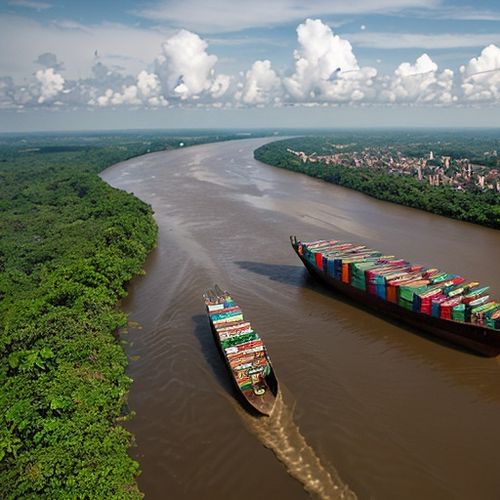
By Rebecca Stewart/Apr 28, 2025

By Sophia Lewis/Apr 28, 2025

By Noah Bell/Apr 28, 2025
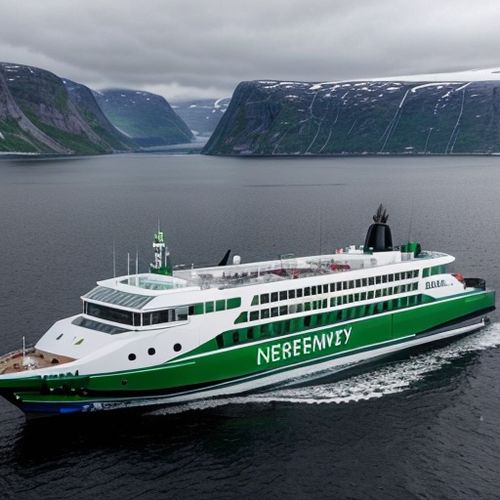
By Laura Wilson/Apr 28, 2025

By Emma Thompson/Apr 28, 2025

By Christopher Harris/Apr 28, 2025

By David Anderson/Apr 28, 2025
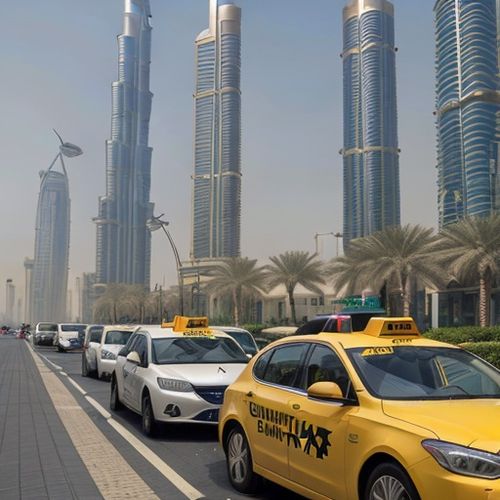
By David Anderson/Apr 28, 2025

By Victoria Gonzalez/Apr 28, 2025
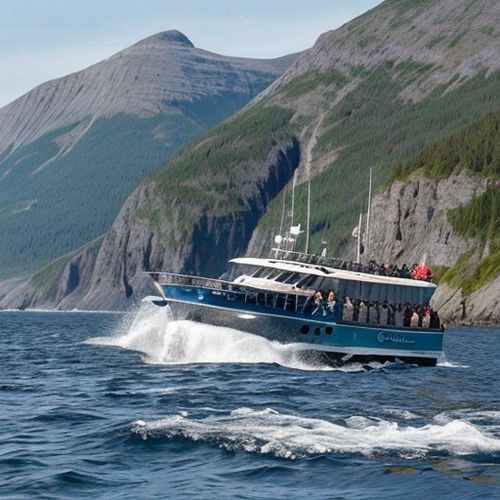
By Rebecca Stewart/Apr 28, 2025